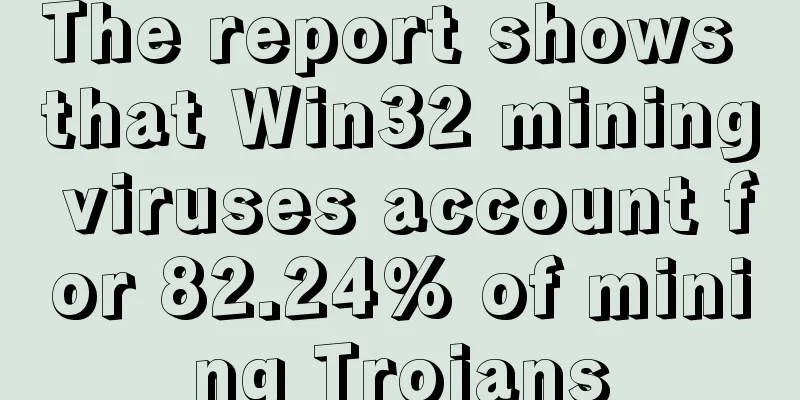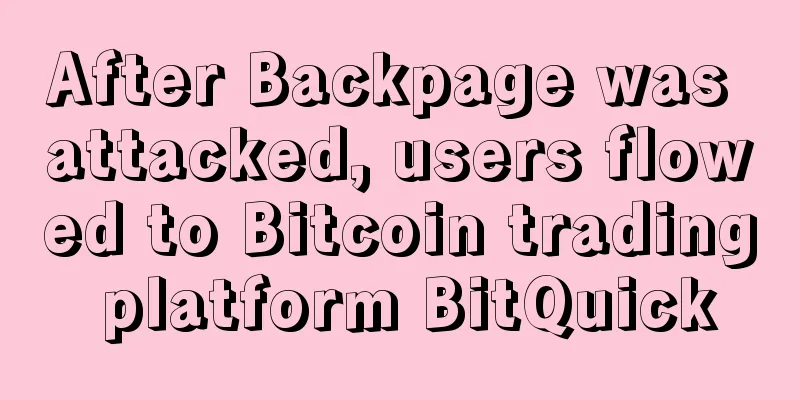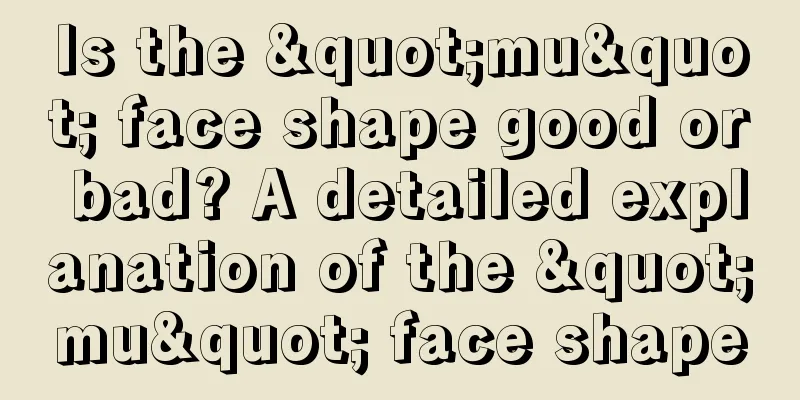IBM launches Bitcoin extension app to support fintech companies

|
Tech giant IBM has launched open-source blockchain technology to support financial and tech companies including JPMorgan Chase, London Stock Exchange, Wells Fargo, Cisco and Intel, among others. According to reports from Wired and Fortune magazine, IBM is the first company to create the "Open Ledger Project," which is essentially an alternative blockchain technology system overseen by the Linux Foundation, a nonprofit organization dedicated to operating an open source operating system . The Open Ledger Project is described as a library of developers that will allow businesses to build custom distributed ledger solutions without relying on an open public blockchain like Bitcoin or Ethereum. In an interview with Fortune magazine, IBM researcher Jerry Cuomo said that in his opinion, the Open Ledger Project is an extension of Bitcoin: “I have nothing against cryptocurrencies, but I strongly disagree with blockchain as a solution for supply chain and the Internet of Things. I agree that Bitcoin is an interesting application of blockchain, but there should be many other very interesting applications beyond Bitcoin .” IBM’s research has reportedly added several thousand lines of code to the distributed ledger space. Blockchain company Digital Asset, run by former JPMorgan Chase executive Blythe Masters, has made unremitting efforts to brand Hyperleger and provide development resources. Companies working on this path to Hyperleger branding include Accenture, ANZ , CLS, Digital Asset and Fujitsu, IC3, Mitsubishi Financial Group, State Street, Swift, VMware and Wells Fargo, among others. Future collaboration Although large companies have joined forces to join the project and have achieved initial results, related reports show that the future development path is still unclear. Wired magazine reported that although the Open Classification Project is an open-resource project that theoretically allows all participants to share resources, in reality, among the many companies that have joined the project, only DAH and IBM have truly contributed to its development. In addition, IBM's efforts are contrary to its original intention. It was originally thought that any company could control the market, but this is not the case. Cuomo, an IBM employee, also said in an interview with Wired: "Just like on the Internet, there is no unified rule to regulate them. Similarly, there is no same blockchain to regulate enterprises. There are too many blockchains and they are too complicated. If these enterprises do not communicate and cooperate, it is easy to cause trouble." Jim Zemlin, executive director of the Linux Foundation, praised the need for collaboration on the project, explaining that this is because the technology is still so new and complex that companies must work together. “Blockchain requires cross-industry, open source collaboration to advance technology development,” Jim said in a statement to Bloomberg. |
<<: Bitcoin ATMs Democratize Bitcoin
>>: CoinDesk's Top 10 Most Influential People of 2015
Recommend
A man with upturned nostrils
A man with upturned nostrils 1. Big nostrils: was...
What is the fortune of people with thick lips?
Detailed prediction of lifelong fortune based on ...
G7 finance ministers and central bank governors reached a consensus: digital currencies need to be subject to the strictest supervision
G7 finance ministers and central bank governors r...
Palmistry of a woman who will get divorced
"I only wish to win the heart of one person ...
People with horizontal lines on their palms have been weak and sickly since childhood and have difficulty accumulating wealth.
How to read the fortune line on your palm? Palmis...
The face of a woman with good luck in marrying a husband
Many men live in poverty before marriage, but the...
Is it good for the fate line and life line to intersect?
The lifeline is one of the three main lines in ou...
Moles on female breasts
Moles in different positions actually have differ...
The facial features of people who are particularly prone to depravity
Many people in life are still relatively positive...
Ethereum mining has become popular. How should ordinary people enter the market?
Thanks to the liquidity mining incentive mechanis...
What facial features do women have that will bring bad luck to their husbands?
In fact, it can be found in life that some women ...
Invest in cryptocurrency, the easiest and most effective way
A few days ago, the well-known blogger He Taiji p...
What does a mole on the upper left lip mean?
Moles are found on every body and they have speci...
Can people with two lifelines live longer?
Can people with two lifelines live longer? The li...
Litecoin’s 5th anniversary, more exciting things to come
Author: Little Lion from Litecoin China Community...









